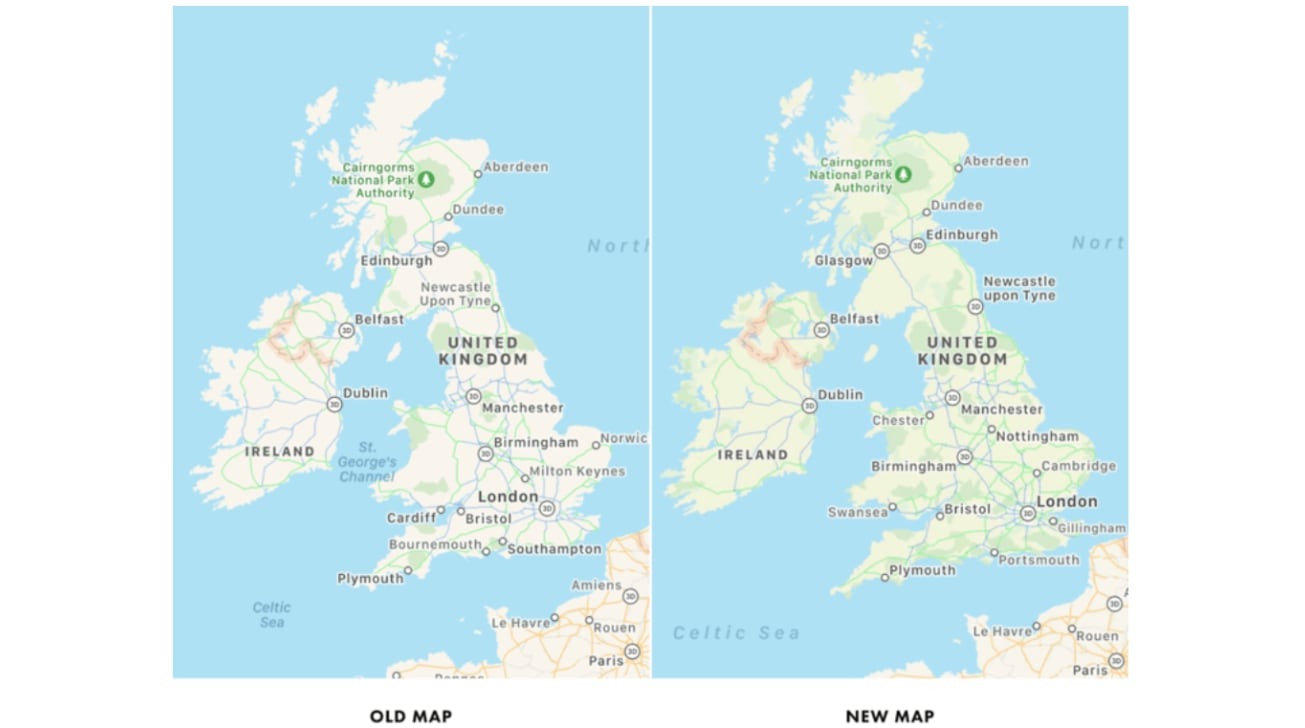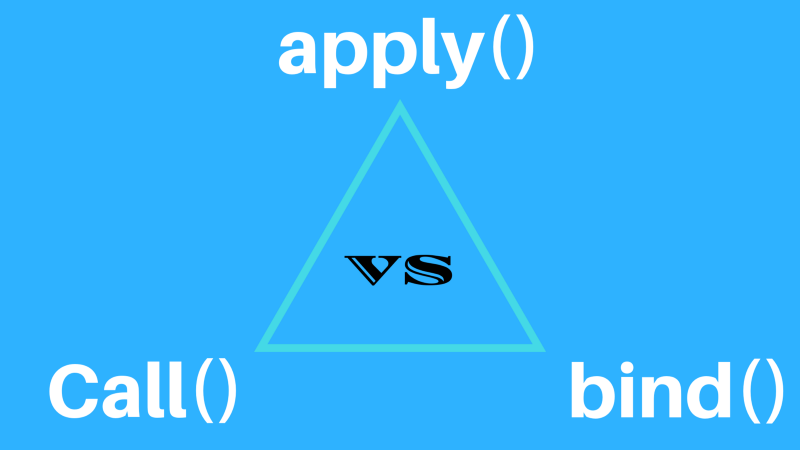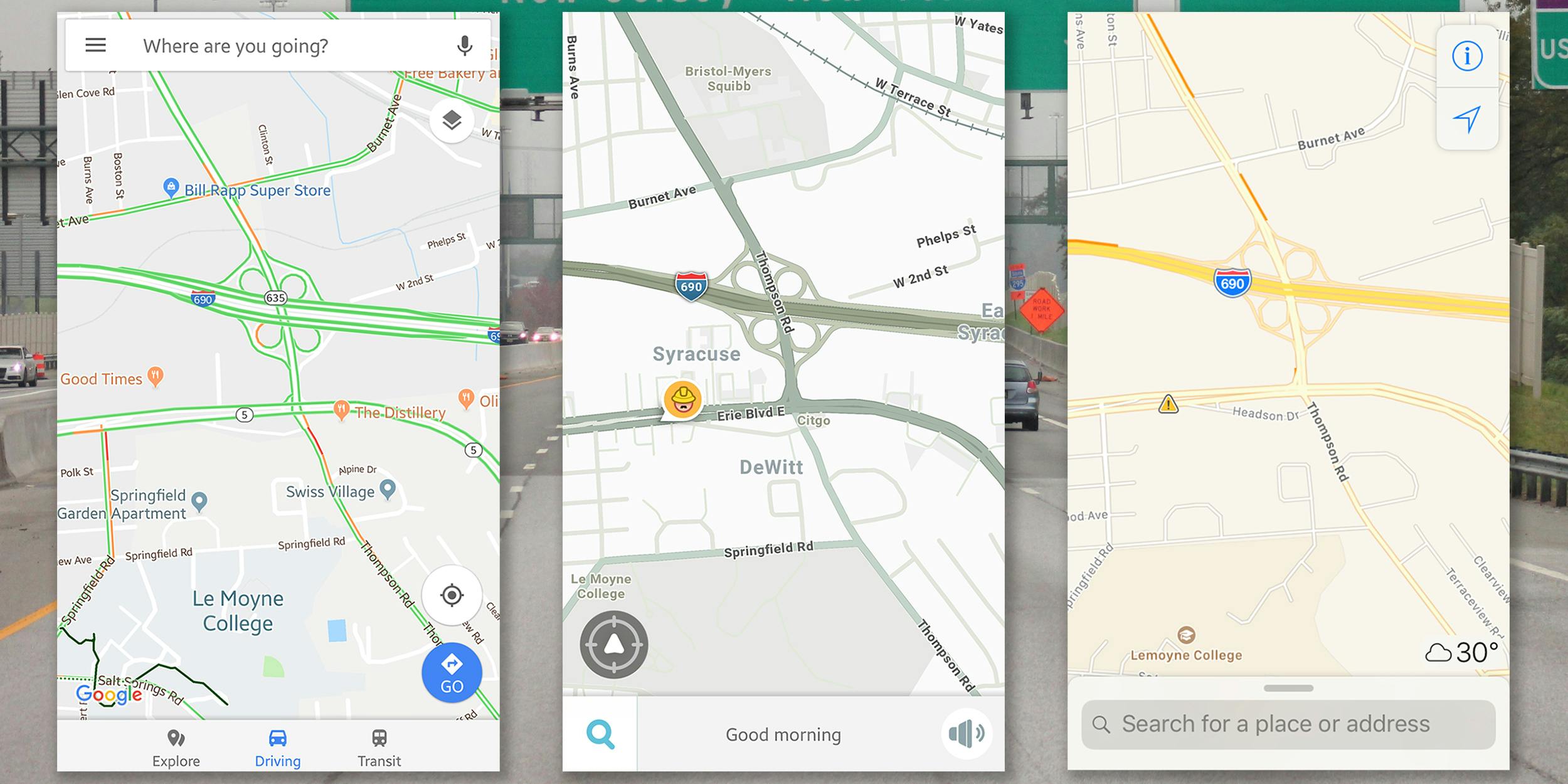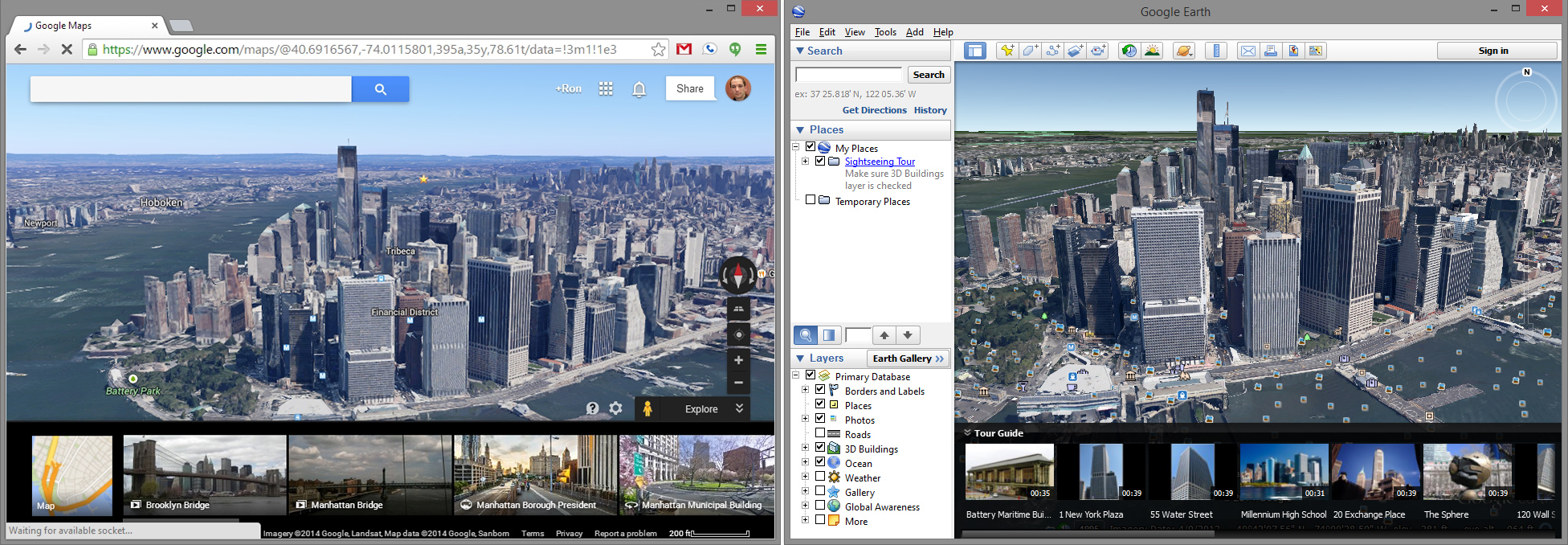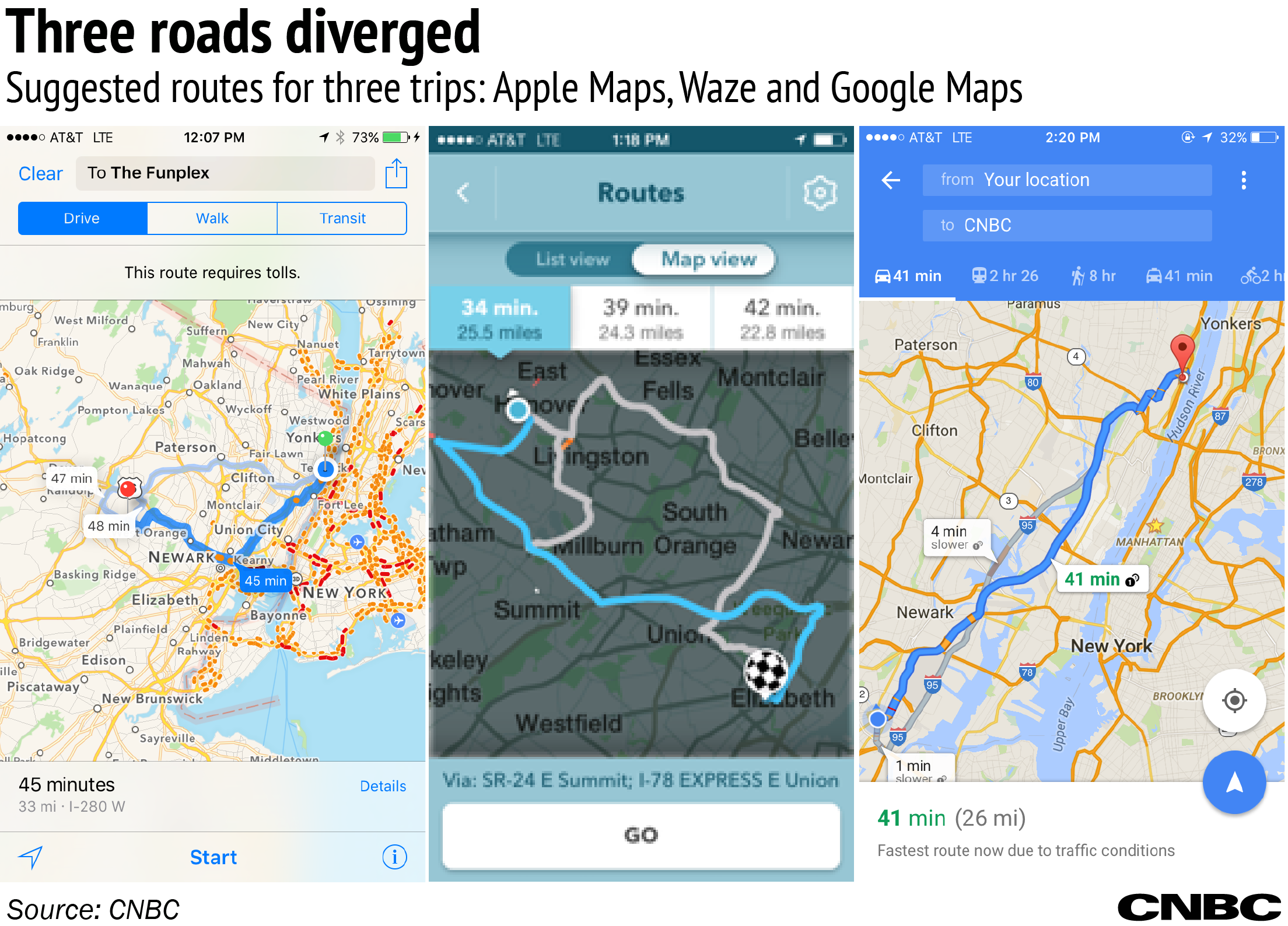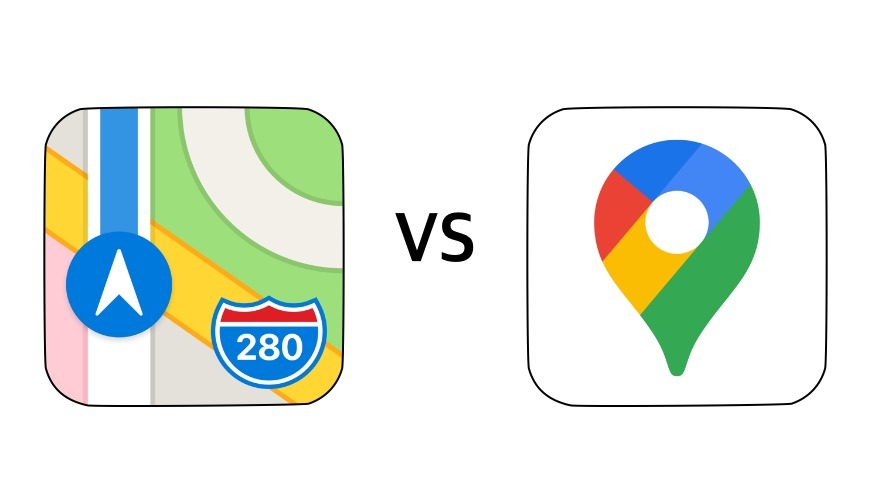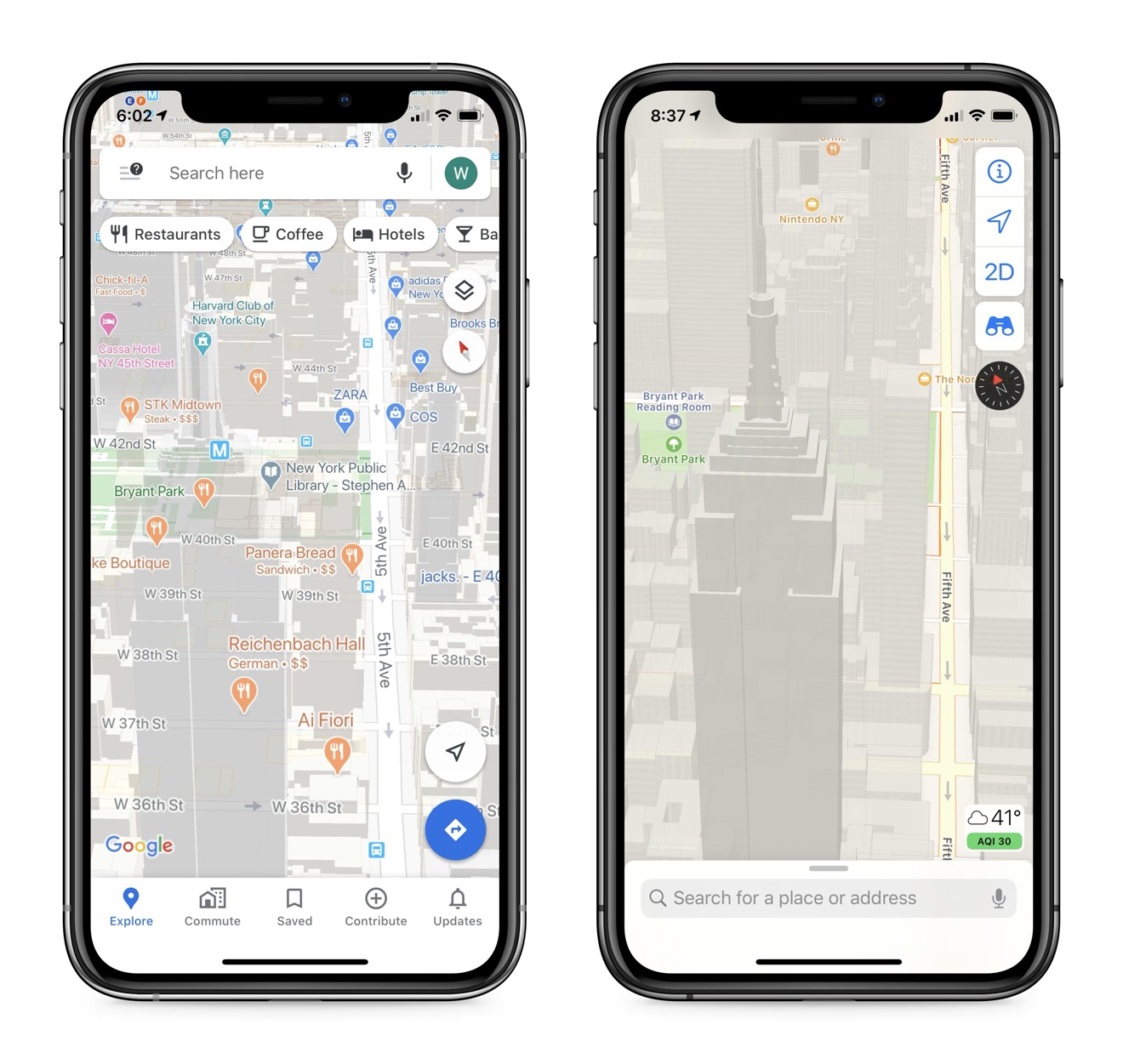Map Vs Apply. By the end of this tutorial, you'll have a strong understanding of how Pandas applies vectorized functions and how these are optimized for performance. Today we will look closely in. Series.map () : Map values of Series using input correspondence (which can be a dict, Series, or function) Series.apply () Invoke function on values of Series. The apply () method is defined for Series as well as Dataframes. It works with a function, series, or dictionary as its input argument. The map () method is defined only for Series objects.

Map Vs Apply. I like the following method: Trace shows you every detail of every step of a calculation; if you apply Trace to each of your calculations, you'll see that there are simply more steps required for some methods than the others. A simple example: df = pd. But I cannot get the purpose of Apply and Scan. Use map when you want element wise transformations on series. Essentially, this is deriving a new data column from an existing one. What are the differences between the apply, applymap and map methods in Pandas? Map Vs Apply.
The most commonly used operations for doing so in pandas, are apply, map and applymap methods.
DataFrame.apply () This method defined in both Series and DataFrame Accept callables only apply () also works elementwise but is suited to more complex operations and aggregation.
Map Vs Apply. We'll go through apply , map , applymap and for loop with this use case. A simple example: df = pd. Sometimes it is not quite clear when to use map, applymap or map. In reality, this could be deriving the length of advertisement texts, etc. But I cannot get the purpose of Apply and Scan. Essentially, this is deriving a new data column from an existing one.
Map Vs Apply.
